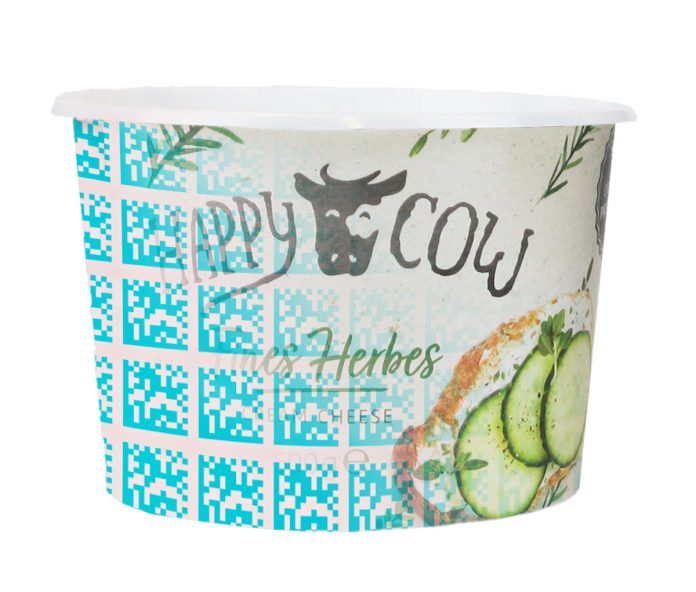
Within HolyGrail 1.0, digital watermarks were found to be the most promising technology and a basic proof-of-concept for smart sorting was developed. HolyGrail 2.0, the second iteration facilitated by the European Brands Association (AIM), will take this initiative to the next stage by validating the concept and the technology on a semi-industrial scale.
“This is a great initiative with buy-in from across the plastics value chain,” said Wim Van de Velde, Milliken’s vice president for Europe, Middle East and Africa. “Sustainability, innovation and digital are being combined to help achieve the objective of the European Green New Deal to make the EU’s economy sustainable by 2050. We are proud to be part of something that can help to drive a circular plastics economy.”
The second phase will aim to test sorting efficiencies, consumer engagement, and distribution tracking. It will require the participation of a large critical mass of brand owners and retailers that will need to modify product packaging with digital watermarks provided by the technology partner(s). The technology partners will adapt larger sorting facilities to incorporate watermark readers necessary to process at a large scale.
“At Milliken we are passionate about transforming the impact that plastics have on the environment for the better. One of our key priorities is to improve the recyclability of plastics by developing additives that improve the performance of polyolefins and allow for higher percentages of post-consumer resin. HolyGrail 2.0 fits into our vision of a circular future,” added Van de Velde.
Following the validation of the Digital Watermarking Project at semi-industrial scale, packaging coded with digital watermarks will be introduced in a national test market. The project is scheduled to report on its findings in mid-2022.






